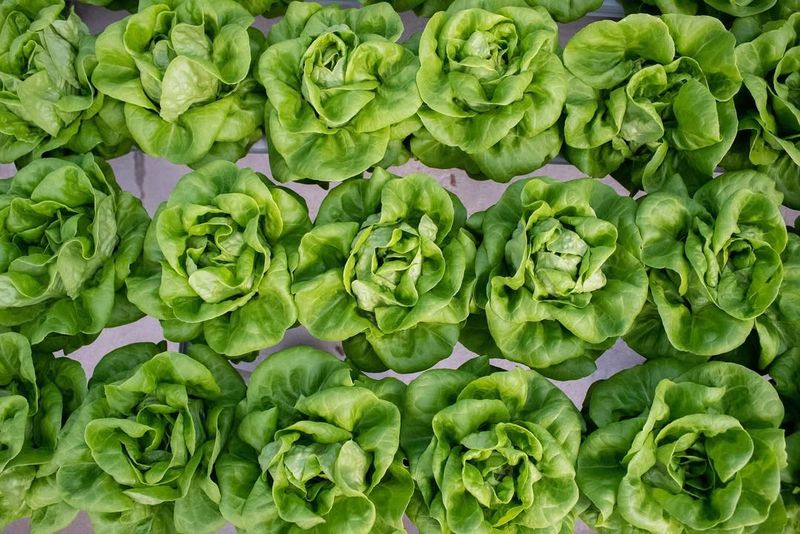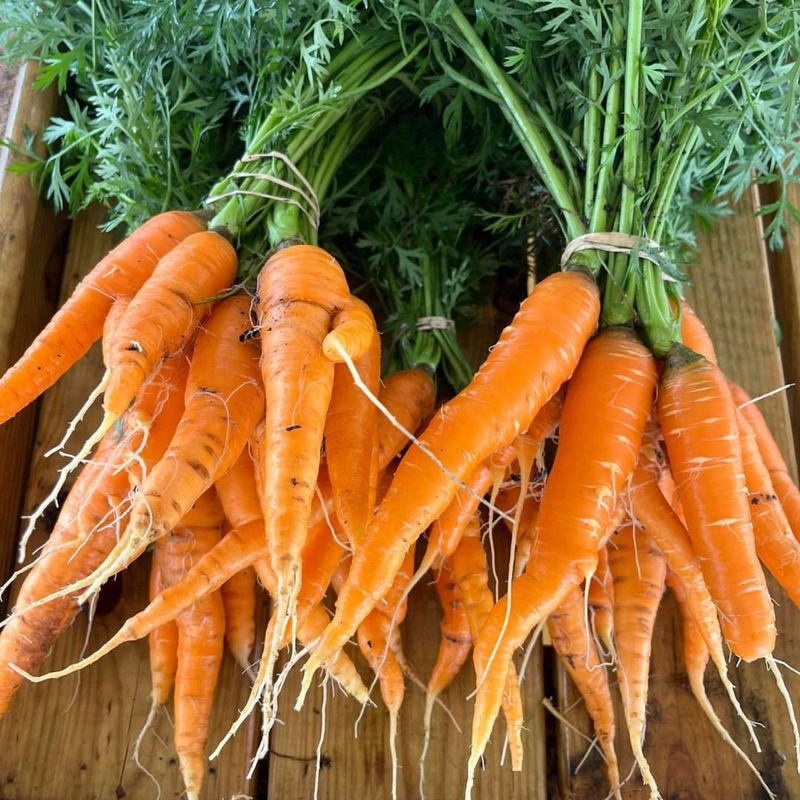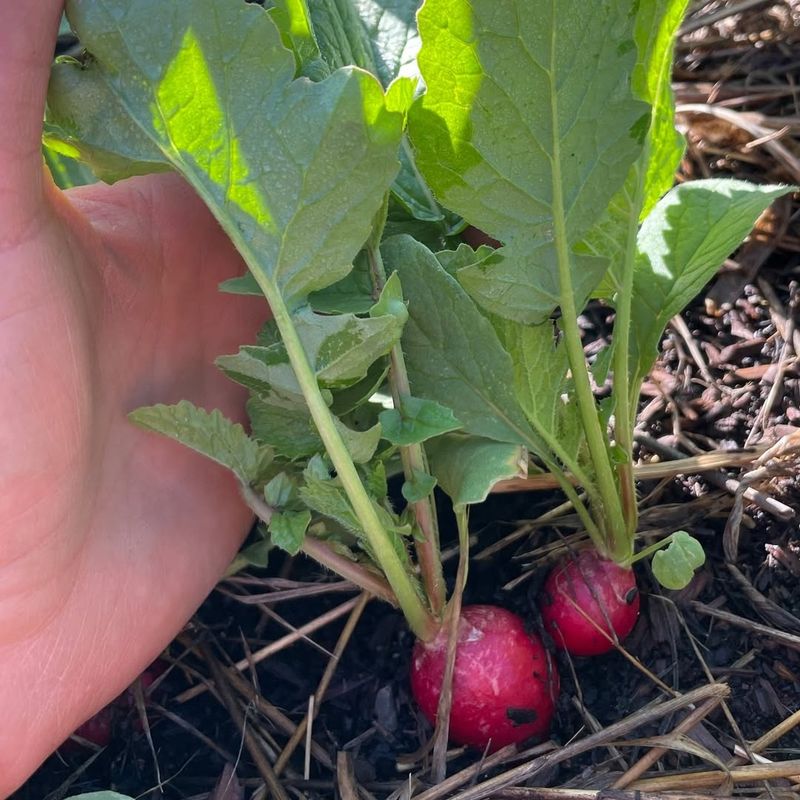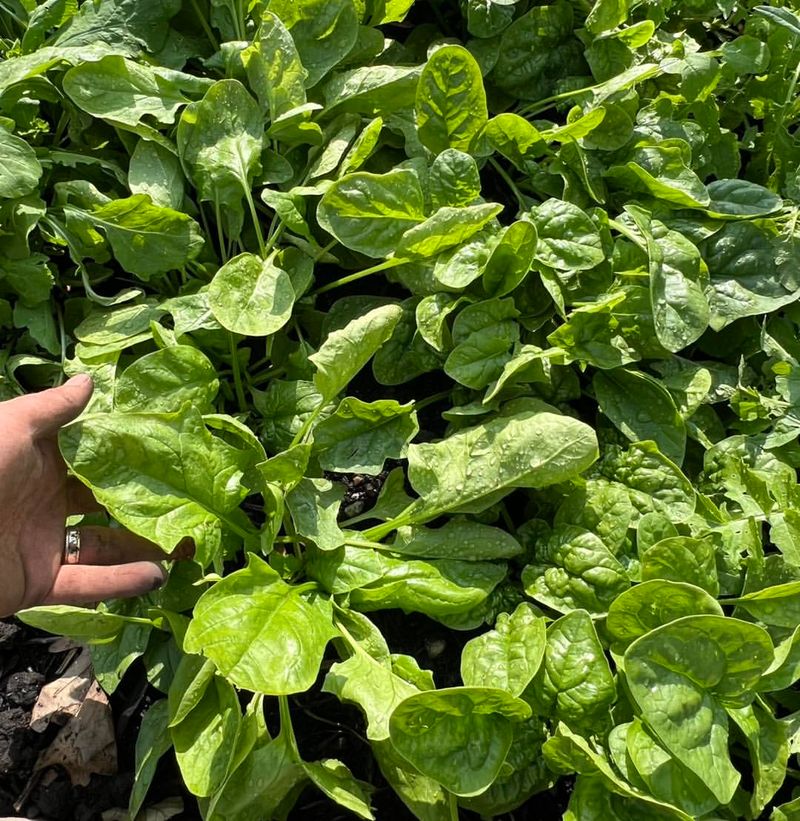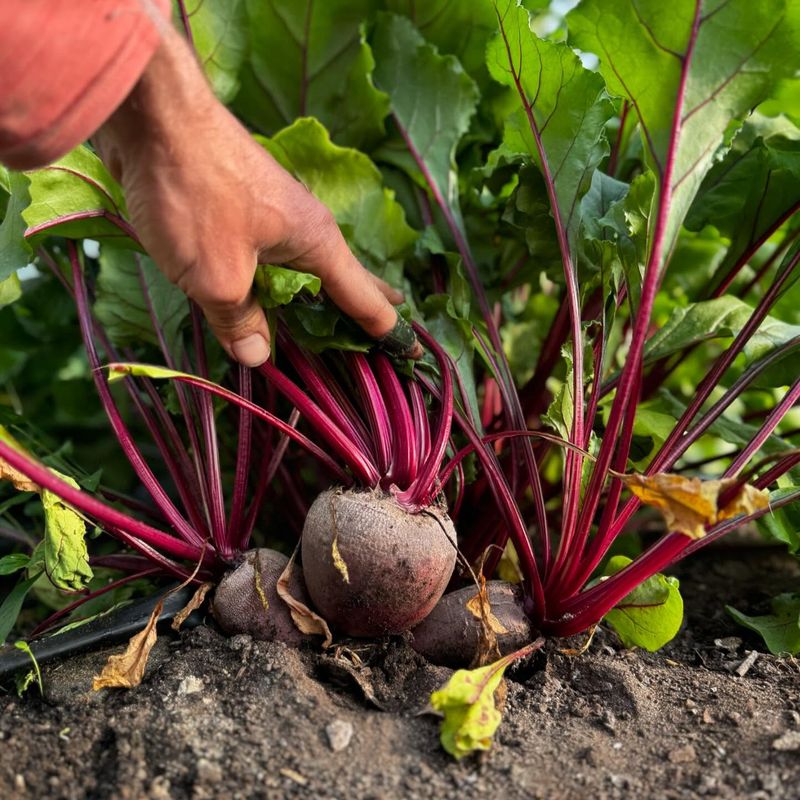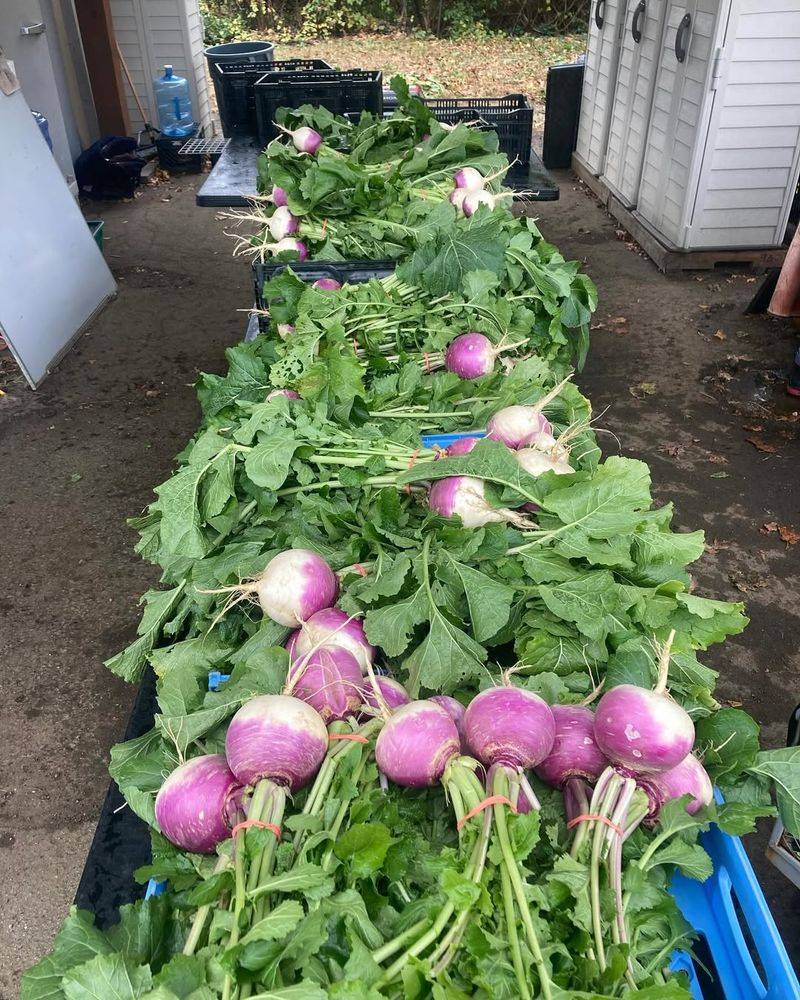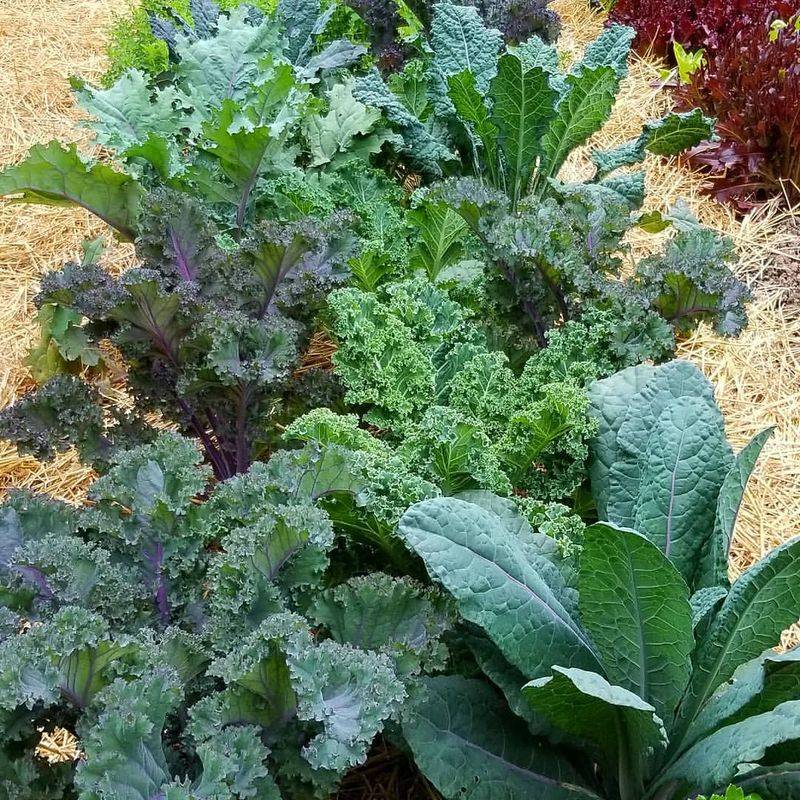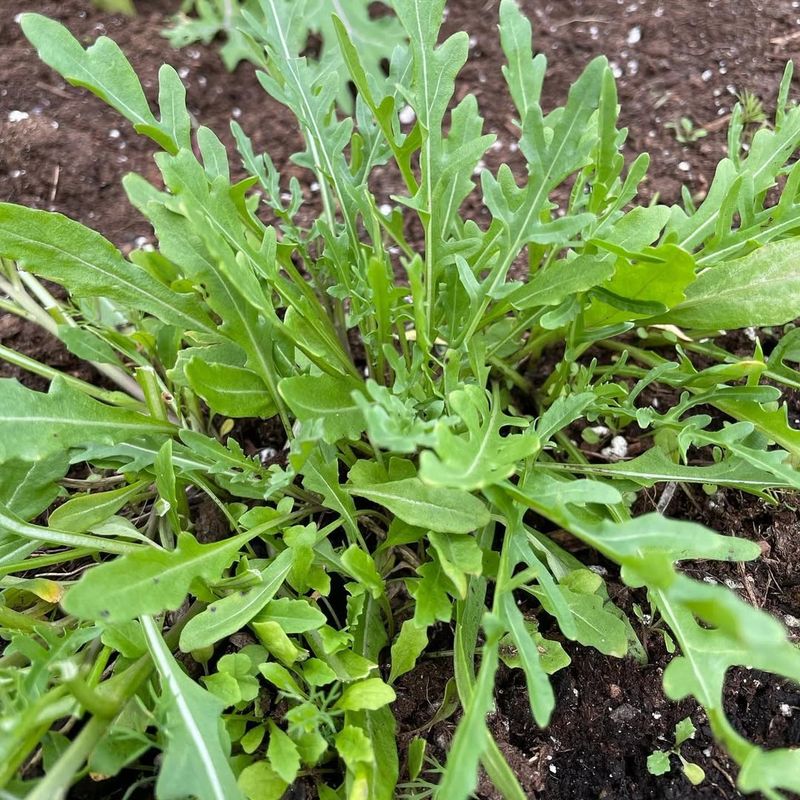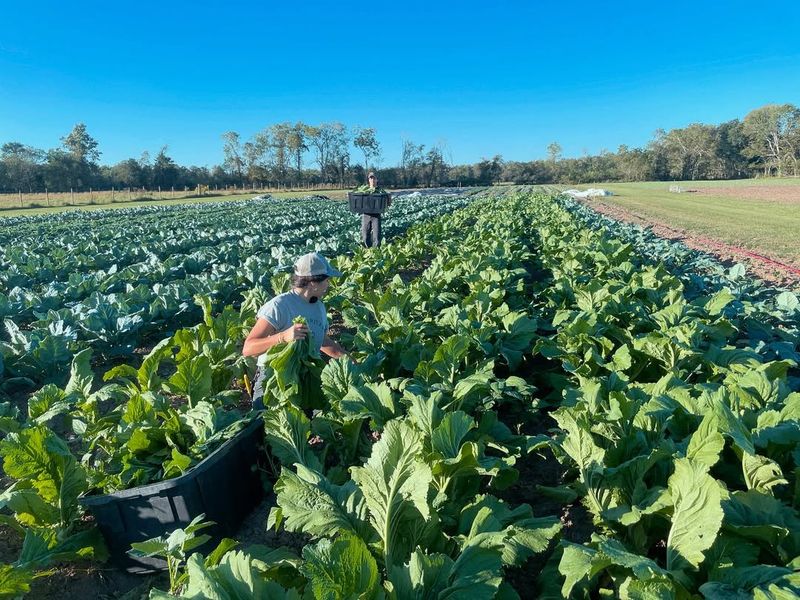December might feel like downtime in many parts of the country, but in Louisiana the garden is far from taking a break. Mild winter weather gives local gardeners the perfect window to direct sow cool-season vegetables that thrive in the softer temps and steady moisture.
With no need for fussing over transplants or indoor starts, these seeds hit the soil running and reward you with easy, dependable growth. A few smart choices now can set your beds up for smooth sailing well into the new year.
1. Lettuce Loves Louisiana’s Cool Nights
Lettuce seeds sprout quickly when temperatures hover between 45 and 65 degrees, which is exactly what December offers in Louisiana. You can scatter seeds directly into prepared soil and watch them germinate in just five to ten days.
Cool weather prevents lettuce from bolting, which means your plants will produce tender, crisp leaves instead of turning bitter. December planting gives you fresh salad greens by late January or early February.
Many varieties work well, including loose-leaf, romaine, and butterhead types that handle light frosts beautifully.
2. Carrots Develop Sweeter Flavor In Cold Soil
Cold soil temperatures actually improve carrot taste because the roots convert starches into sugars as a natural antifreeze. Planting in December means your carrots mature during the coolest months, resulting in incredibly sweet and crunchy vegetables.
Direct sowing works best since carrots hate being transplanted. Simply press seeds into loose, sandy soil about a quarter-inch deep.
Germination takes longer in cooler weather, sometimes two to three weeks, but the wait pays off with superior flavor that grocery store carrots cannot match.
3. Radishes Reach Harvest Size Lightning Fast
Few vegetables grow faster than radishes, making them perfect for impatient gardeners and kids who want quick results. From seed to table takes only three to four weeks when planted in December.
Cool temperatures keep radishes from becoming woody or overly spicy. The crisp texture and mild peppery flavor make them excellent additions to winter salads and vegetable trays.
Plant seeds every two weeks for continuous harvests throughout winter and early spring. Their rapid growth also helps break up compacted soil for other vegetables planted nearby.
4. Spinach Thrives Without Pest Pressure
December planting means spinach grows during months when aphids, leaf miners, and other common pests are dormant or inactive. Your plants develop strong, healthy leaves without chemical sprays or constant monitoring.
Spinach actually prefers cool weather and will bolt quickly if temperatures climb too high. Louisiana’s mild winters provide ideal growing conditions for this nutritious leafy green.
Seeds germinate reliably in cool soil, and plants tolerate light freezes without damage. Harvest outer leaves continuously while allowing the center to keep producing fresh growth.
5. Peas Establish Strong Root Systems Early
Planting peas in December gives them time to develop extensive root networks before spring warmth triggers rapid top growth. Strong roots mean healthier plants that produce more abundant harvests of sweet pods.
Both snap peas and English peas handle cold soil surprisingly well. Seeds germinate slowly but steadily when temperatures stay above 40 degrees.
December-planted peas often outperform those sown in late winter because they avoid sudden temperature swings. Add a trellis or support system when planting since most varieties climb naturally and produce better with vertical growing space.
6. Beets Store Energy During Cool Months
Cool soil encourages beets to focus energy on developing sweet, tender roots rather than leafy tops. December planting takes advantage of Louisiana’s moderate winter temperatures that keep soil workable but not frozen.
Both the roots and greens are edible, giving you two vegetables from one planting. Seeds are actually clusters, so thin seedlings to three inches apart for best root development.
Beets tolerate light frosts and even taste better after experiencing cool weather. Harvest when roots reach two to three inches across for the most tender texture and concentrated sweetness.
7. Turnips Mature Before Spring Heat Arrives
Timing is everything with turnips because they need cool weather from planting through harvest. December sowing ensures your crop matures in late winter before spring warmth causes roots to become tough and bitter.
Louisiana gardeners appreciate turnips because both roots and greens provide delicious eating. Young leaves can be harvested for cooking while roots continue developing underground.
Seeds germinate quickly even in cool soil, and plants grow rapidly during short winter days. Harvest roots when they measure two to three inches across for the best texture and mild, sweet flavor.
8. Kale Becomes More Tender After Frost
Experienced gardeners know that kale tastes better after experiencing a few frosts. Cold temperatures trigger chemical changes that reduce bitterness and increase natural sugars in the leaves.
December planting gives kale time to establish before the coldest weeks arrive. This hardy green tolerates temperatures well below freezing without protection or damage.
Harvest outer leaves while allowing the center to continue producing fresh growth for months. Kale planted in December often produces continuously through March or even April, giving you one of the longest-producing vegetables in your winter garden.
9. Arugula Adds Peppery Flavor Without Bitterness
Warm weather makes arugula unbearably spicy and bitter, but December planting produces leaves with a pleasant peppery bite that enhances salads perfectly. Cool temperatures moderate the mustard oils that give arugula its distinctive flavor.
Seeds germinate within days, and you can start harvesting baby leaves in just three weeks. Arugula grows so quickly that multiple plantings throughout December and January ensure continuous harvests.
This Mediterranean green handles light frosts easily and actually prefers the shorter days of winter. Cut leaves when they reach three to four inches long for the best texture and flavor balance.
10. Collard Greens Become a Southern Staple
No Louisiana winter garden feels complete without collard greens, and December is the perfect time to direct sow this Southern classic. Cold weather improves flavor by reducing bitterness and creating tender leaves ideal for traditional cooking.
Collards rank among the hardiest vegetables, tolerating temperatures into the low twenties without protection. Plants grow steadily throughout winter, providing fresh harvests when other vegetables struggle.
Start harvesting lower leaves when they reach eight to ten inches long, allowing the plant crown to continue producing. December-planted collards often produce until late spring, making them one of the most reliable winter crops.


